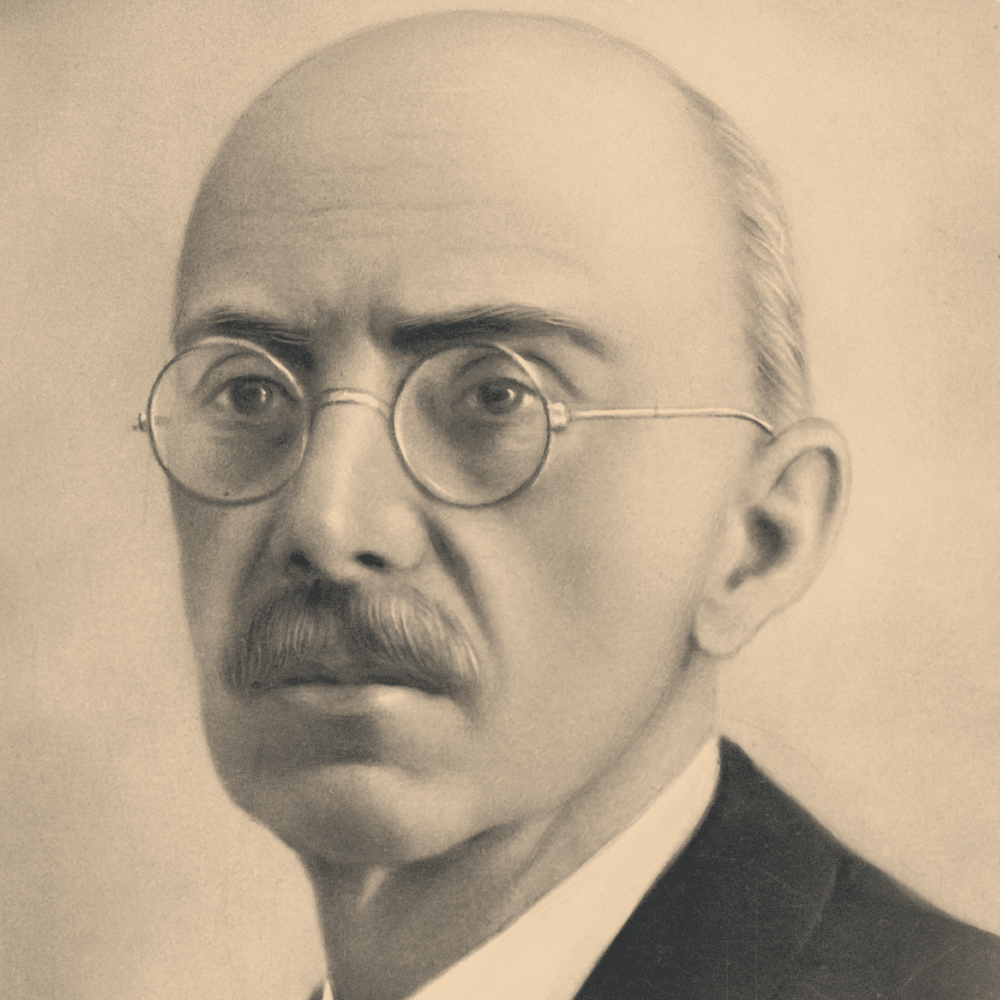
In 1894, the Ganz factory wanted to start the local production of induction motors, and they appointed Kálmán Kandó for the task. He managed to establish the production of three-phased induction motors, and the invention of three-phased electric systems is also connected to Kandó. Three-phased powering needed suitable transformers and generators, which were also created by him.
The peak of his early electrical engineering career was when he introduced the induction motors, especially the FF version. These three-phased models had very broad performance bounderies, and quickly became one of the company’s top selling assets, as well as gaining world success.
The first three-phased locomotive was installed in 1898, on the shores of Lake Geneva, on a 300-metre long track with a 20-metre height difference. A company called Rete Adriatica ordered the electrification of their railway system from the Ganz factory. Kandó’s method was so popular in Italy that it received the nickname “sistema italiana” (the Italian system). This was the first railway line that used high-voltage alternating current. Later, the Italian government required the centralized railway company to electrify the railway system but only using Italian equipment and vehicles. Ganz did not want to take any risks. In the meantime, Westinghouse Co. had bought out Kandó’s patents and built a train factory in Vado Ligure, where Kandó was assigned as manager of the factory. Kandó accepted the offer, and with some of his fellow engineers he moved to Italy, where he developed two locomotives.
Kálmán Kandó was selected as a correspondent of the Hungarian Academy of Sciences. In 1930, he received the Corvin Wreath accolade for his lifetime achievements.











